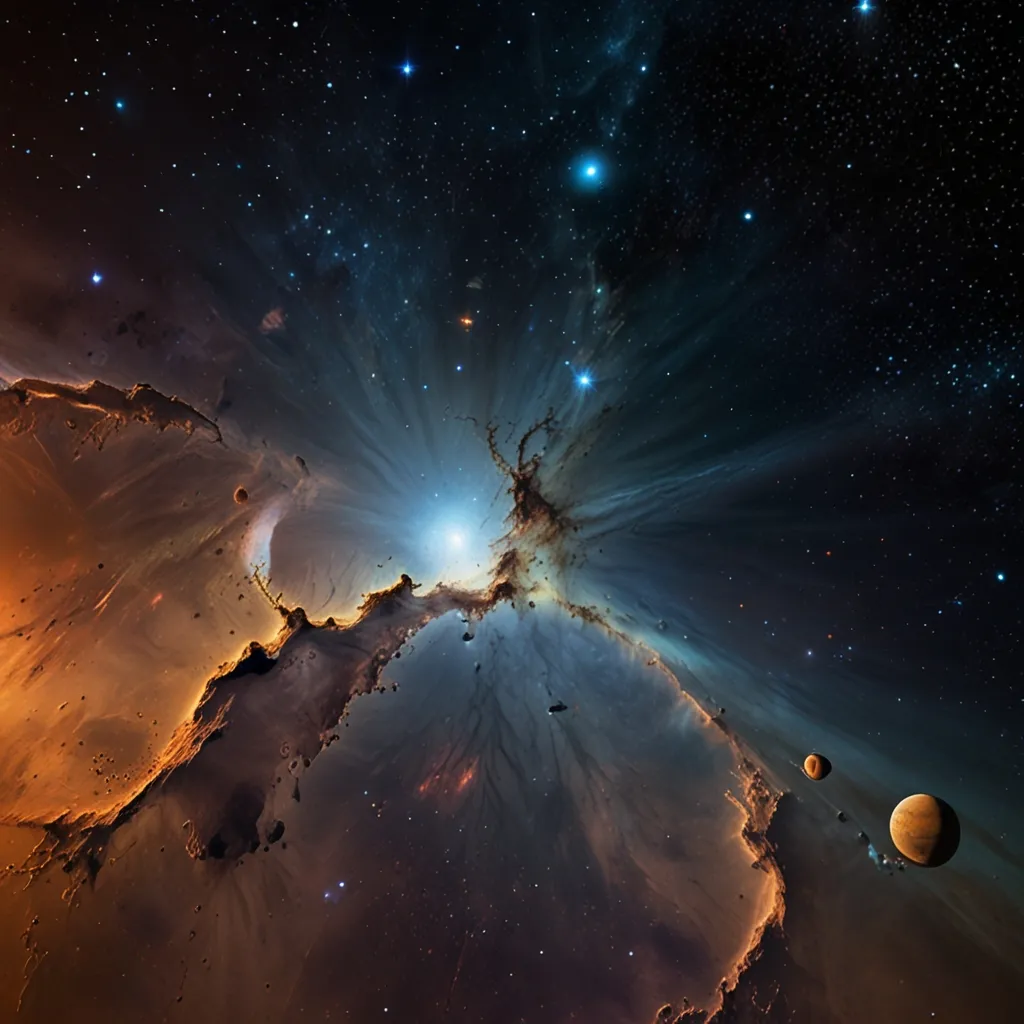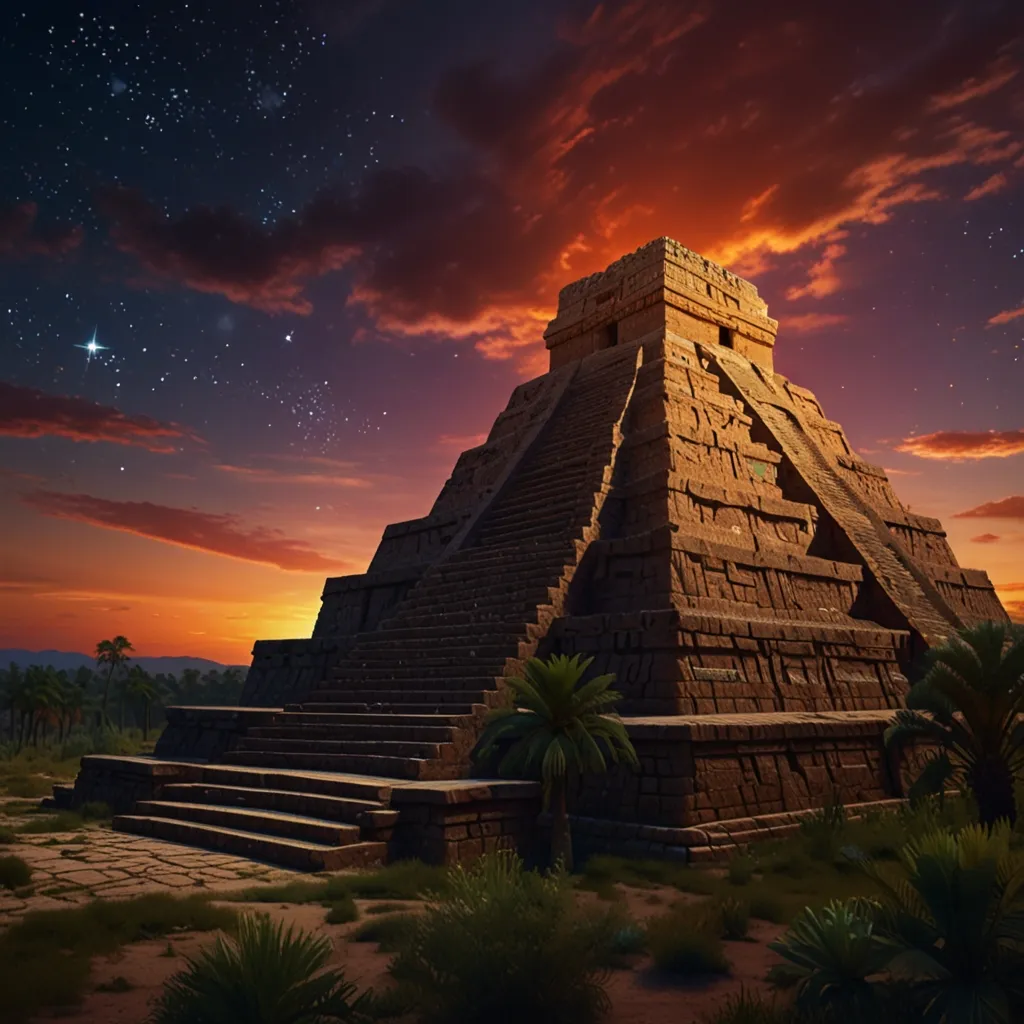Exploring the Cosmic Ocean: Water in the Universe
So, water is everywhere on Earth, right? About 71% of our planet’s surface is covered with it. But let’s zoom out for a second—could Earth be the only place in this vast universe with that trusty H2O mix? Spoiler alert: it’s not. Water’s just as crucial out there among the stars as it is in our backyard.
Let’s start with our solar system. Water isn’t just Earth’s thing; it’s like a universal key that unlocks so many mysteries. Mars, for instance, is a big player. Evidence shows that ancient rivers and lakes existed, meaning water once roamed freely on this now-arid planet. Then, there are moons like Europa and Enceladus. They’ve got these massive oceans hidden beneath their icy shells, making scientists itch with excitement about the possibility of alien life.
But don’t think water stops at our solar system’s edge. Oh no. Interstellar space might seem like a no-man’s-land, but it’s packed with clouds of gas and dust where water molecules chill. These clouds are star-making factories and hold the blueprints for water’s intricate dance in the cosmos. Recently discovered water vapor in the atmospheres of planets outside our solar system, known as exoplanets, hints that water, and maybe life-supporting conditions, might be prevalent way beyond our neighborhood.
Water’s cosmic significance can’t be overstated. It’s not only the lifeblood of Earth but also a key player in shaping planets and moons across the universe. Its presence from our solar system to distant exoplanets points to an essential role in how planetary systems evolve. It’s like finding out your hometown hero is famous all over the world. Neat, right?
Now, let’s talk astronaut dreams. Jupiter’s moon Europa is believed to have a salty ocean beneath its icy crust, potentially ripe for life. Ganymede, another Jovian moon, also likely has a global underground ocean. Callisto’s impressive ice layer might hide an ocean beneath, and then there’s Saturn’s moon Enceladus, which actually shoots geysers of water into space from cracks near its southern pole. As if that wasn’t enough, Titan, Saturn’s largest moon, is suspected to have a subsurface ocean as well. The solar system is positively swimming in water!
The way water is spread out across the solar system offers hints about how planets formed. The inner solar system was too hot for water to stay put as liquid or ice on planets. So, it’s thought that comets and water-packed asteroids played the part of cosmic water delivery folks. Take Jupiter, for example. Studying its water content can reveal loads about how our solar system was born.
Understanding water’s journey through space connects us to something much larger, suggesting that the water we drink might have roots tracing back to ancient space travelers like comets or hidden oceans on alien moons. Imagine that for a second; the water in your glass could come from Mars’ old rivers, icy ocean moons, or even ancient space nebulae.
Speaking of Mars, this red planet tells its watery tales through dried-up riverbeds and polar ice caps. Although it’s now a dusty desert, Mars’ past was potentially much wetter, pointing to colossal climate changes over time. Venus, often dubbed Earth’s twin, tells another sad story. This steamy planet likely had lots of water early on, but now it’s a scorched wasteland due to a runaway greenhouse effect.
Beyond planets, the moons orbiting our solar system’s gas giants guard their water secrets too. Europa’s ocean is likely kept warm by its gravitational tugs with Jupiter, creating potentially life-friendly conditions. Enceladus, with its water-spewing geysers, practically teases us with the promise of a hidden ocean world.
Water’s saga stretches far and wide, even beyond our solar system into interstellar space. In the cold and dark fringes of the universe, water mostly exists as ice on dust grains within dense molecular clouds. These icy nurseries give birth to stars and planetary systems. Water plays a starring role here, acting as a coolant that helps form these stellar nurseries.
Understanding water’s role in these distant reaches is crucial for piecing together our planet’s watery origins. This knowledge helps us figure out what conditions are necessary for life and steers our search for habitable worlds in the cosmos.
Discovering water vapor in the atmospheres of exoplanets feels like hitting the cosmic jackpot. These planets orbit their stars in the so-called habitable zone, where conditions might allow liquid water to exist. Thanks to advanced telescopes, we can now detect the faint signs of water vapor on several exoplanets. This discovery is groundbreaking because water is a vital ingredient for life. Water vapor hints that these far-off worlds might have environments similar to Earth, possibly supporting life.
These discoveries aren’t just about finding water but also show off the impressive diversity of planetary systems out there. Studying water on these exoplanets helps us understand the spread of habitable worlds in the universe, making us question how unique Earth really is. Who knows, maybe Earth is just one of many blue planets out there.
The process of water forming in the universe starts at the molecular level within these dense, cold clouds scattered throughout interstellar space. These clouds are made of hydrogen and oxygen, essential elements for new stars and planets. When gravity pulls these clouds together, they collapse, forming stars and sparking chemical reactions that create water.
The intense heat of a forming star causes most hot water vapor to escape, but cooler water molecules, like liquid and ice, stick around. They gather on dust particles, and as these particles clump together, they form the building blocks for new planets and other celestial bodies. This method makes sure that new planetary systems have enough water to potentially support life. Understanding how water forms in these star-making regions is key to figuring out the origins of water on planets like Earth and plays a big part in our hunt for habitable exoplanets.
Water’s importance extends to the search for extraterrestrial life because all known life forms on Earth need liquid water to survive. This fact makes water a primary target in astrobiology. Mars, with its Earth-like rotation and tilt, has been the focus of many studies seeking evidence of water. Early observations suggested water or vegetation on Mars, but further studies proved it to be much drier and colder, with only tiny amounts of water vapor in its atmosphere. However, finding features that look like dry river beds and clay minerals formed in fresh water on Mars reignites interest in its watery history and its potential to have supported life.
Exploring Mars through missions like Mariner 9 and the Viking Landers has been crucial for understanding water’s role in supporting life on other planets. The idea that comets and asteroids might have delivered water to Earth and other planets is intriguing. These celestial bodies, filled with water and organic compounds, offer a glimpse into our solar system’s early days.
Water molecules on Earth and elsewhere likely predate the sun, having formed in space between stars. These molecules, once part of a protoplanetary disk, ended up in comets and asteroids. The water on these space rocks matches the water on planets, especially when looking at the ratio of hydrogen to deuterium, a hydrogen isotope. This consistency suggests that water forms on cold dust grain surfaces in interstellar clouds, challenging previous theories about how water formed in the solar system.
Understanding water’s presence in the early universe gives us clues about the conditions during early planetary system formation. Water molecules play a key role in developing new stars and planets, with ice attaching to dust particles that help form planets and moons. Recent research has shown that new planetary systems likely have considerable amounts of water, crucial for potentially habitable environments.
The study of water in these early stages helps us understand its distribution in the universe and guides our quest for habitable worlds beyond our solar system. Programs like NASA’s SESAME and COLDTech focus on the potential habitability of ocean worlds, aiming to develop technology to explore these icy moons’ subsurface oceans.
Detecting water on exoplanets is crucial for searching for life. Instruments designed to detect light and particles from an extraterrestrial body can help identify elements like hydrogen, a water component. Rovers and landers can collect samples to analyze chemical compositions and indicate minerals formed in liquid water environments.
The exploration of water’s behavior near black holes and neutron stars merges astrophysics and chemistry. These dense celestial objects are fascinating, altering the behavior of matter dramatically. Understanding water’s behavior near these extreme environments enriches our knowledge of astrophysics and challenges our understanding of chemistry in extreme conditions.
Water shapes planetary climates, influencing geological and atmospheric processes on Earth and potentially elsewhere. Planets like Venus and Mars offer examples of how water can drastically alter climates. Ocean worlds like Europa and Ganymede show how subsurface oceans might create habitable conditions.
In summary, water’s role in the universe is profound and multifaceted. From Mars’ ancient rivers to icy ocean moons to interstellar clouds, water shapes planetary systems and influences the search for extraterrestrial life. Understanding water’s cosmic journey connects us to the broader universe and raises profound questions about life beyond Earth. What secrets about water’s role will future space exploration unveil? Let’s stay tuned and find out.






